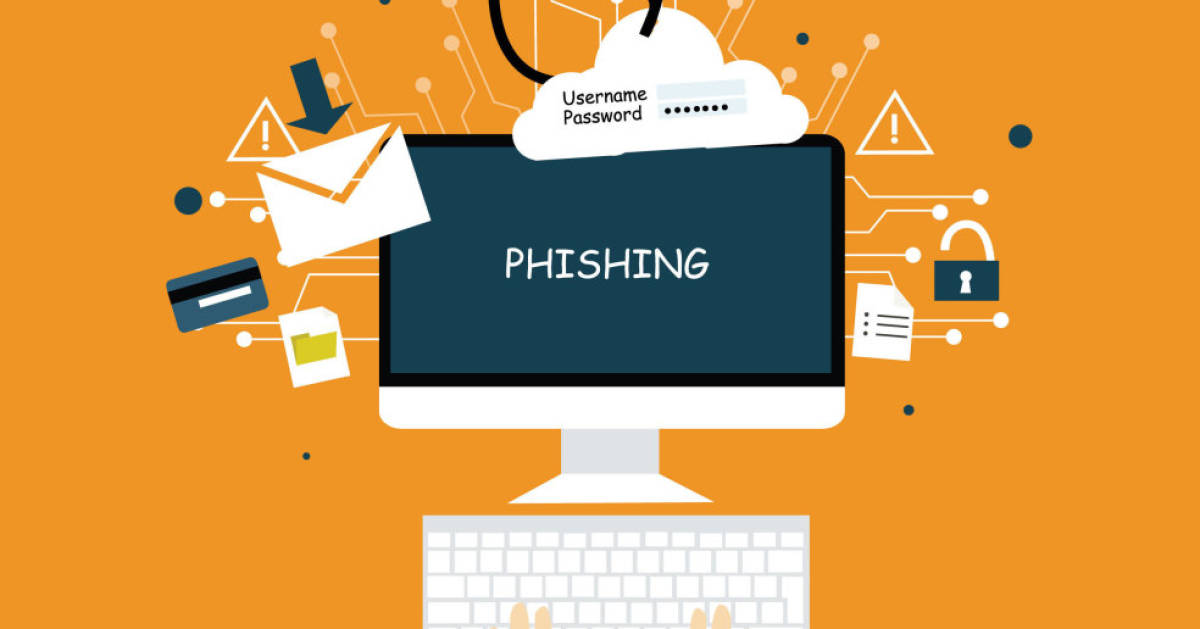The Hidden Dangers of Shadow IT
The rise of cloud computing has brought about a new era of flexibility and convenience for businesses and individuals alike. However, this shift has also introduced a new set of challenges, particularly when it comes to IT security. One of the most significant threats facing organizations today is the phenomenon of Shadow IT. But what exactly is Shadow IT, and how can you protect your business from its hidden dangers?
Shadow IT refers to the use of unauthorized cloud services, applications, and devices within an organization. This can include everything from employees using personal cloud storage accounts to store company data, to departments implementing their own IT solutions without the knowledge or approval of the IT department. While Shadow IT may seem like a harmless phenomenon, it can actually pose a significant threat to an organization's security and compliance.
The Rise of Shadow IT
So, why is Shadow IT on the rise? According to a report by Gartner, "the average employee uses around 30 different cloud services, many of which are not sanctioned by the IT department." This is often due to a lack of awareness about the risks associated with Shadow IT, as well as a desire for convenience and flexibility. As "employees are looking for ways to get their jobs done more efficiently, and if the IT department is not providing the tools they need, they will find their own," says David Monahan, a security expert at Fusion Risk Management.
The rise of Shadow IT is also driven by the increasing adoption of cloud services and the bring-your-own-device (BYOD) trend. As more employees use their personal devices for work, the lines between personal and company data become blurred, creating an environment in which Shadow IT can thrive. Furthermore, the ease of use and accessibility of cloud services make it easy for employees to sign up for and use unauthorized applications, often without realizing the potential risks.

Detecting and Managing Shadow IT
So, how can you detect and manage Shadow IT within your organization? The first step is to implement a comprehensive IT asset management strategy, which includes monitoring and tracking all devices and applications used within the organization. This can be achieved through the use of IT asset management tools, such as cloud access security brokers (CASBs), which can help identify and manage unauthorized cloud services.
In addition to implementing IT asset management tools, it's also essential to establish clear IT policies and procedures that outline the acceptable use of cloud services and devices. This includes educating employees about the risks associated with Shadow IT and providing them with the tools and resources they need to do their jobs efficiently and securely. As -"education and awareness are key to preventing Shadow IT, as employees are often unaware of the risks they are taking when using unauthorized cloud services," says Monahan.
When it comes to managing Shadow IT, it's also important to take a proactive approach. This includes regularly monitoring the organization's network and systems for signs of unauthorized activity, as well as conducting regular security audits to identify and address any vulnerabilities. By taking a proactive approach to managing Shadow IT, organizations can reduce the risk of data breaches and other security threats, while also improving compliance and reducing the risk of fines and penalties.
Mitigating the Risks of Shadow IT
Mitigating the risks of Shadow IT requires a multi-faceted approach that includes both technical and non-technical measures. From a technical perspective, this includes implementing security controls such as firewalls, intrusion detection systems, and encryption. It's also essential to implement a cloud security strategy that includes the use of CASBs, cloud security gateways, and other cloud security tools.
In addition to technical measures, it's also important to implement non-technical measures, such as employee education and awareness programs, to prevent Shadow IT. This includes providing employees with training on the risks associated with Shadow IT, as well as the importance of using authorized cloud services and devices. By educating employees about the risks of Shadow IT, organizations can reduce the likelihood of data breaches and other security threats, while also improving compliance and reducing the risk of fines and penalties.
Some of the ways to mitigate the risks of Shadow IT include:
- Implementing a comprehensive IT asset management strategy
- Establishing clear IT policies and procedures
- Educating employees about the risks associated with Shadow IT
- Implementing security controls such as firewalls and encryption
- Conducting regular security audits to identify and address vulnerabilities
Unlikely Parallels in Risk Management
The concept of managing risk is not unique to the realm of IT security, as it can be observed in various aspects of life, including entertainment. Interestingly, the thrill of uncertainty that comes with Shadow IT is somewhat reminiscent of the excitement experienced by players when trying their luck at Burning Slots Cash Mesh Ultra slot online demo (BF Games), where the unpredictability of outcomes can be both captivating and intimidating. As individuals navigate the complexities of IT security, they may find that the skills they develop in assessing and mitigating risks can be applied to other areas of life, such as making informed decisions about investments or even recreational activities. By acknowledging these parallels, we can gain a deeper understanding of the importance of risk management and its far-reaching implications.
The Future of Shadow IT
As cloud computing continues to evolve, the phenomenon of Shadow IT is likely to become an even greater challenge for organizations. With the increasing adoption of cloud services and the rise of new technologies such as artificial intelligence and the Internet of Things (IoT), the potential for Shadow IT to pose a significant threat to IT security and compliance is greater than ever.
However, by taking a proactive approach to managing Shadow IT, organizations can reduce the risk of data breaches and other security threats, while also improving compliance and reducing the risk of fines and penalties. As -"the key to managing Shadow IT is to be proactive, rather than reactive, and to take a comprehensive approach that includes both technical and non-technical measures," says Monahan.
In conclusion, the hidden dangers of Shadow IT are a significant threat to IT security and compliance, but by understanding the risks and taking a proactive approach to managing them, organizations can reduce the likelihood of data breaches and other security threats. By implementing a comprehensive IT asset management strategy, establishing clear IT policies and procedures, and educating employees about the risks associated with Shadow IT, organizations can mitigate the risks of Shadow IT and ensure a secure and compliant IT environment.






